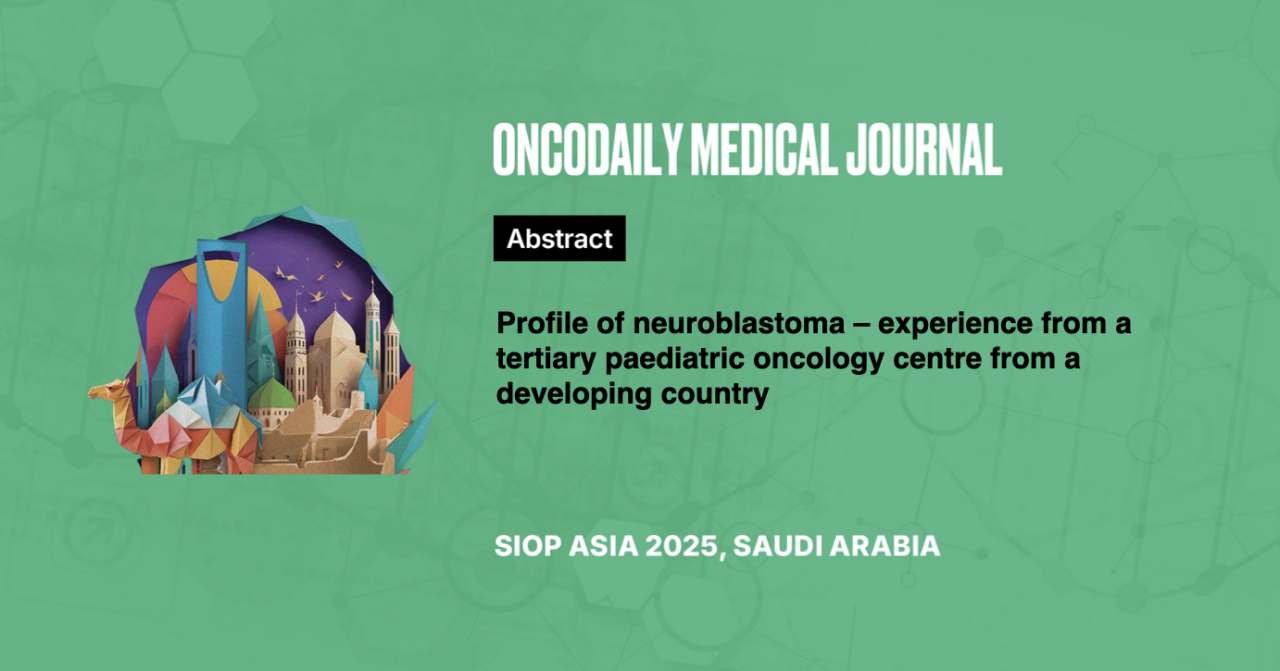Profile of neuroblastoma – experience from a tertiary paediatric oncology centre from a developing country
Abstract
Introduction: The spectrum of neuroblastoma(NB) includes a highly curable low risk (LR) NB to almost a fatal high risk (HR) NB in children especially in developing countries. The pattern of distribution and outcome from developing countries is scarce. Aim is to study the clinical profile of children with NB at our tertiary care paediatric-oncology centre.
Methodology: A descriptive study of children diagnosed with NB between 2014 to 2024 done through retrospective chart review. INSS and INRG staging systems were used. LR-NB were treated with only surgery, Intermediate risk(IR) were treated with 4–8 cycles of chemotherapy/surgery as per COG(ANBL0531) protocol, and HR-NB were treated with SIOPEN protocol (rapid COJEC induction/surgery/high dose chemotherapy with autologous rescue/radiation and 13-cis retinoic acid). All data pertaining to demography, clinical characteristics, radiological findings, pathology, treatment details, and outcome were analysed.
Results: Of the total 42 patients,43% were boys with a median age 36 months. The most common presentation was abdominal distension in 64%, constitutional symptoms in 40% and 10%had opsoclonus-myoclonus-ataxia. Localised disease seen in 52% and metastatic disease in 48% at diagnosis. Favourable histology seen in 38%; N-MYC testing not known/inconclusive in 19%, amplified in 38% and non-amplified in 43%. Ferritin and LDH elevations as surrogate markers found in 21% correlating with N-myc amplification. In our cohort,26%, 19% and 55% were low, intermediate and high risk, respectively. Treatment included chemotherapy in 76%, surgery(54%), radiation(14%), autologous HSCT(26%). After induction chemotherapy, 45%had completed,40% had partial response and 9%had no response/progression. Treatment related morbidity seen in 12%. Overall survival was 57% in IR and 13% in HR-NB. Most LR-NB are doing well however not on long term follow up.
Conclusion: Advanced disease constitutes >50% in our cohort, mostly due to late referral and low socio-economic status. Treatment default and long way to immunotherapy for all HR-NB are concerning in developing countries thereby reducing the survival rates.





